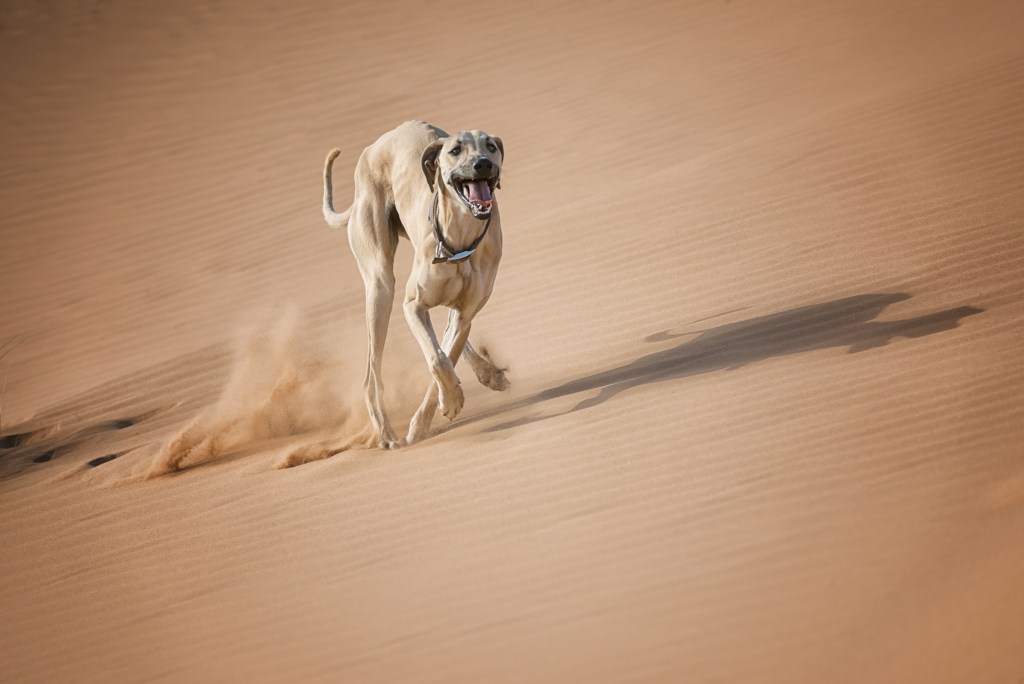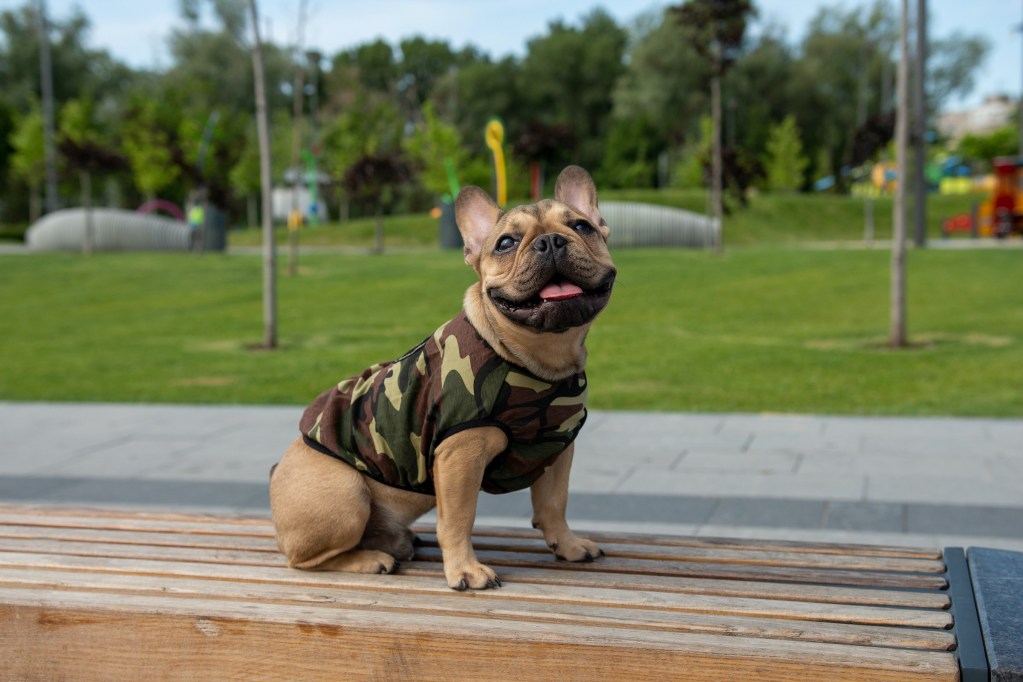The most popular dog breeds are well-loved for a reason, but the pups we see less often have so many amazing qualities, too. Unfortunately, many of the rarest dog breeds experienced a decline in population when the job they were bred for was no longer needed, like when the otterhound became nearly extinct in England following the 1978 ban on otter hunting. Still, these resilient dogs have remained recognized breeds to this very day, all thanks to their human advocates who helped bring these canines back from the brink of extinction.
These are some of the rarest — and, in our opinion, some of the most interesting — dog breeds recognized by the American Kennel Club. Have you heard of any of these rare dog breeds?
Harrier

No, we didn’t mean terrier. Meet the harrier! This English breed is named after its ability to hunt hares, though these medium-sized pups were also bred to go after foxes. It’s easy to confuse this breed with the English Foxhound — more on that guy further down the list — as the harrier is likely a descendent of this slightly larger hound dog.
Surprisingly, notes the AKC, this dog’s home country of England no longer recognizes the harrier as a breed. This may be because the dog is used so exclusively for hunting that they almost never enter dog shows in England. We won’t be surprised if you’ve never heard of them!
Dandie Dinmont terrier

These sturdy, jolly dogs — fondly known as Dandies — may catch your eye for their short legs, long body, and full, fluffy coat. Unfortunately, notes the AKC, by the time the World Wars ravaged Europe, the Dandies had yet to gain popularity on other continents. Their population dropped almost overnight thanks to food rationing and war, but these confident farm dogs have begun to bounce back — partly because of their unique look!
Otterhound

As mentioned in the introduction, the sweet and shaggy otterhound experienced a huge drop in numbers following the ban of otter hunting in England. Luckily, this water-loving breed is also highly adaptable, so these pups can enjoy a life of play instead of work. Still, an otterhound is likely to love the water, especially since the breed has webbed feet and a waterproof coat. This makes these dogs the perfect outdoor adventure buddy.
Cesky terrier

The Cesky terrier (pronounced “chess-key”) is named for the country from which the breed originated: the Czech Republic. These dogs didn’t find their way to the United States until the 1980s, according to Highland Canine, and weren’t recognized as a hunting breed until closer to the 2000s. Though it’s widely recognized today, this breed isn’t frequently seen at dog shows.
Pyrenean shepherd

This athletic breed has a wide variety of coat lengths, types, and colors, so no two will look exactly the same. Pyrenean shepherds are descendants of more ancient European sheepdogs, just like their cousins the Great Pyrenees. Throughout history, these two breeds worked together to control large flocks, though the AKC notes that it takes only two Pyrenean shepherds to maintain a flock of 1,000 sheep.
Azawakh

These lean and muscular hunting dogs were bred to track small animals in the West African countries of Mali, Burkina Faso, and Niger, notes Highland Canine, though they also traveled with and guarded a number of nomadic people. Because of this, azawakhs become very attached to their humans. This breed is grace and loyalty at its finest.
Sloughi

As another African sighthound breed, sloughis are found mostly in Morocco and Northern Africa. In the U.S., though, they’re the fourth-least popular breed based on breed registration. Unlike some hunting dogs, these pups are just as gentle as they are motivated to work. Some can even be shy!
Norwegian lundehund

This northern breed is special for a few reasons. They were originally bred — likely around the time of the Vikings — to hunt puffins off the coast of Scandinavia, which isn’t a history many dogs can boast. This breed also has six toes on each foot instead of five, notes Highland Canine. This can help them navigate a variety of terrains in the wild, though it may help them get into trouble at home, too.
Estrela mountain dog

Meet the livestock guardians who love their flocks as much as their families. These Portuguese herding dogs are some of the oldest in Southern Europe, though they aren’t a well-known breed in the United States. However, you may occasionally see an estrela working as a police dog thanks to their alert, intelligent nature.
American and English foxhounds

These two relatives were some of the least popular breeds recorded by the AKC in recent years. It’s not to say that they don’t make great family dogs; they just need a lot of exercise and mental stimulation to keep themselves out of trouble. After all, these breeds were meant to run, hunt, and sound the alarm, so it would be unfair not to expect barking, baying, and a pretty strong prey drive. These gorgeous breeds certainly are not for everyone.
What is the #1 owned dog?

If those 10 rare dog breeds rank on the bottom of the list, you might wonder who takes the top spot. The Labrador retriever kept this title for more than 30 years but was pushed aside in 2022. Now, the most popular dog in America is the French bulldog. We can’t ever be sure exactly why pups go in and out of popularity, but this bud’s compact size may have helped them to edge out the competition.
Just as our changing habits brought these 10 beasties down to the bottom tier, it helped the Frenchie ascend to the peak. In addition, a few high-profile celebrity dog owners may have contributed to this breed’s rise to fame.
Did any of these rare dog breeds surprise you? Whether short and stubby or long and lean, there’s no one trait that makes any breed more or less popular than others. Difficult histories are usually responsible for their smaller populations, but a few dedicated advocates may be all a breed needs to get back on track.




